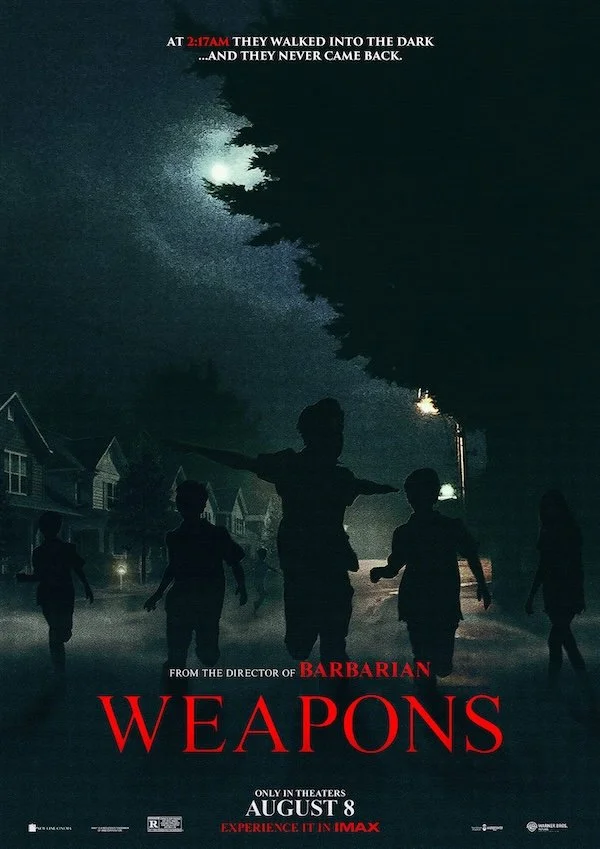Mailbag #147
/This just popped up in my feed:
https://youtu.be/2Pbzz3uzrGU?si=uzj-xYQhbksxJEBl
It’s a layperson explaining all the tricks Oz Pearlman did in public and on tape. I’m about halfway through where he gets into the chalkboard routine. Oz used Yves Domergue’s blackboard with the e-ink display, but this guy thinks it’s the Lynx Blackboard from Mr. Miranda.
According to his “Grok” searches, he explains that the spectator needs to say the number/word out loud and then wait a few seconds until it appears. Honestly, I’m stunned—this person (as far as I know) has zero background in magic, yet he’s piecing things together just by using Grok.
Here’s my question to you: how would you approach performing as a semi-professional or professional magician in light of things like this?
My gut says it’s better to lean more into the Ben Seidman latest book style—mixing methods, adding layers, and thinking laterally instead of linearly. So rather than one effect leading straight to the reveal, you’ve got two or three things happening at once that eventually converge into something stronger.
What do you think?—MB
You have a few options:
Don’t give a shit. If people are online trying to expose your tricks, you’ve probably made it.
Don’t let what you do be filmed. Nobody can break down the game film if there’s no game film.
I’m not familiar with Ben’s book you mention, but that approach makes sense—build effects that are more structurally intricate in presentation and harder to unravel. Allow your methods to be a collage rather than a straight line.
That said, it might not stop people from landing on an explanation that satisfies them, even if it’s wrong.
And still, I don’t know if that holds up under multiple rewatches on video.
Do magic so dull, obvious, or skill-exhibition-y (stage manipulation) that nobody cares enough to “expose” it.
Personally, I would go with #2. I would only allow things to be viewed live. How would I market myself given that? Beats me. I don’t need to know because it’s not going to happen.
But, as discussed recently, I think “magic” as we imagine the art to have always been, is now just a live phenomenon.
When performing live (especially one-on-one) we can put things in place that prevent or dissuade people from trying to figure out the effect.
But you can’t do that performing broadly to anyone watching you on YouTube, on social media, or on a podcast. And the better your magic or mentalism is, the more people will be out there trying to explain it. In those environments, you can’t create an enduring sense of magic and mystery—only more attractive fodder for people to devour and dissect until they convince themselves they’ve solved it.
This video showing Craig Petty performing Chroma gave me a small idea. What if the performer doesn't present this as mind-reading or prediction, but does a more "distracted artist" style thing? Something like this: the performer says they're working on a trick that involves colors and is in the preliminary process of learning how people perceive them. They ask the spectator to think of a color, go through the process, and at the end pull out a notebook or something and start noting "OK. Adding this to my notes--[spectator's name], August 27th, color chosen Orange, 23 seconds". Then (hopefully) the spectator says something like, "wait, how did you know which color I chose?" and the performer acts confused. "Huh? Didn't you tell me? ... no, I guess you didn't. But it really feels like you did. Maybe I've just been working with colors for too long".
IDK, something like that. Have you written about anything similar in the past? Where the revelation of a mind-reading trick isn't presented with any fanfare?
*shrug* As to why I'm watching year-old Craig Petty videos, never you mind.—JH
I think that’s an interesting concept, but I have a feeling it wouldn’t quite land. I’ve really only ever used the Distracted Artist style for visual pieces—a vanish, a levitation, a production, a transformation. Those are so direct that even if someone catches them on the periphery, from a distance, or with no preamble, the impossibility is still clear.
With mindreading, I think the primary reaction would be confusion at first. And it’s hard to turn confusion into awe and wonder.
That said, it’s always worth experimenting. Sometimes ideas like this play better in the real world than they do in theory
I could see it working as part of a long-term presentation where you occasionally seem to pick up on what someone’s thinking. “Oh, sorry—did you not say that out loud? Huh. Yeah, it’s some weird low-grade telepathy thing. I forget what the doctor called it… Certain times of the month I can sometimes pick up on stuff. But it’s mostly useless.”
That way you could sprinkle in low-key mindreading here and there, but within a context the audience can latch onto
Do you have a better justification for Paul Harris's OOTW, Galaxy? One that doesn't involve saving time or getting one card "wrong"? —LS
Not really. Like a lot of people, I switched to Galaxy from the traditional handling of Out of This World because it felt like an improvement at the time. But that was decades ago. These days I’m more comfortable with versions that use a packet switch.
As I mentioned in a recent newsletter, nobody is looking for a switch in that context—or even has a sense of how switching the packets would help you—so it’s an easy move to get away with.
The only time I still use Paul’s Galaxy handling is with this version. That routine does involve a “wrong card,” but it’s framed as proof of something larger. That’s the closest I’ve come to making the moment of combining the packets and spreading them feel at least somewhat earned.







